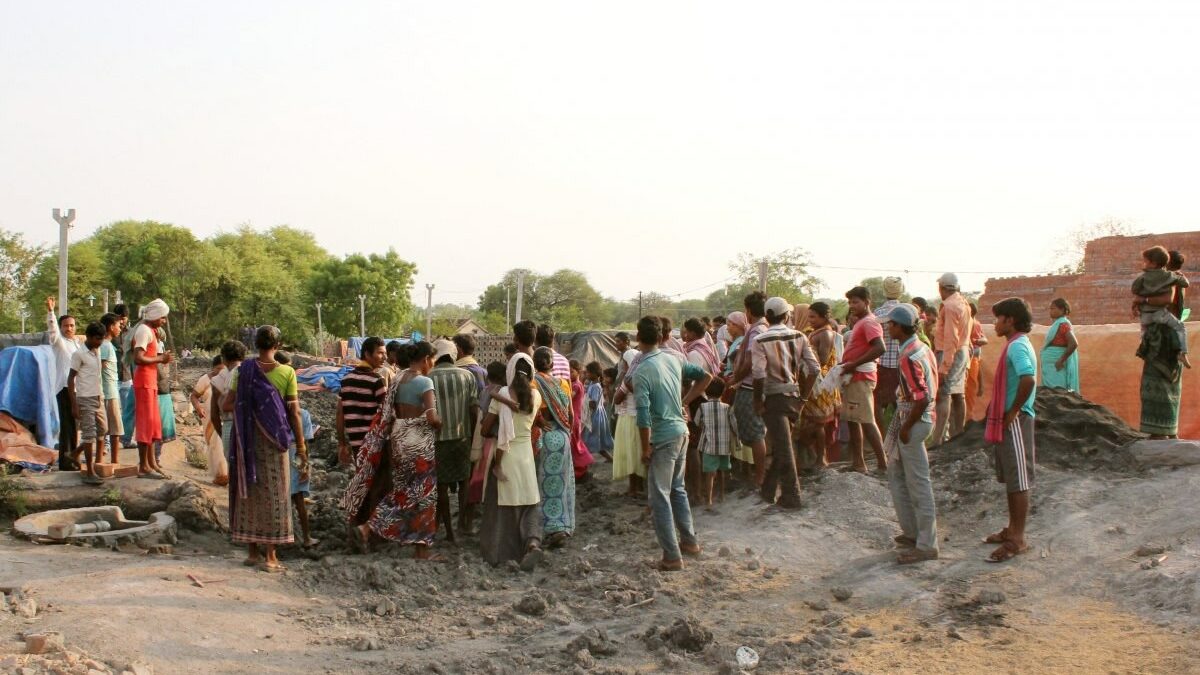Eyes Wide Open
Slavery
In my last post I took you through the Kalighat red light district and introduced you to girls who had been rescued from brothels. Sex trafficking is brutal, often involving deception, abduction and rape for profit.
But slavery comes in other forms too, with other kinds of violence.
On Thursday, we gathered at IJM’s Delhi office and were introduced first-hand to forced labour slavery, also known as bonded labour slavery.
It is an old story. A family is desperately poor. They need money to pay medical bills or buy food. A factory or business owner offers a job with an advance payment. The family is simply required to come work for him until they pay off the advance. The catch is, they can never pay it back. They work long brutal hours, often as long as 18 hours a day. As time goes on, interest accumulates and the debt mounts no matter how hard they work. They are barely paid enough, if at all, to buy some food for survival, much less enough to pay off their debt. If they try to leave they are often beaten, or even killed. And nothing is done. No one cares.
The person describing much of this to us is the head investigator in IJM Delhi and the man who oversees many of the investigations in India. He trains IJM investigators and has gone undercover for months at a time as a labourer to gather the evidence needed to encourage the police to make arrests. He has been beaten and one time thought he would be killed by the factory owners. This is a man who has seen and experienced everything that was being described.
Then we met them. Two couples who have experienced slavery first hand. I won’t share their names to ensure their privacy. Both were unable to leave the place they worked, they worked long hours under harsh conditions, and all experienced abuse. One man had a badly scarred leg from burns he received in a brick kiln that were never treated.
They told us their stories in quiet voices almost as if there was nothing unusual about them. As I listened to them and heard what they had experienced, I gave thanks that I had been born in Canada and had not had to suffer as they had. I gave thanks that my daughters would be safe. Then I felt shame that I was so thankful while they had to live this life.
Like the girls in Kolkata, these two couples brought home to me that slavery is not about numbers and statistics. It is about rescuing people—and changing the system so that they are never enslaved in the first place. It is about getting men, women, children out of horrible conditions and giving them a chance at a better life.
I was seeing very clearly now. The blindfold was long gone. I thought it could never come back, but I was wrong.
Read Glenn's other blog posts in this series:
Blog post #1 - Facing Violence Against the Poor
Blog post #2 - This Is Personal
Blog post #4 – Fighting the Ordinary
Glenn Waterman is IJM Canada's Vice-President of Development and Marketing.